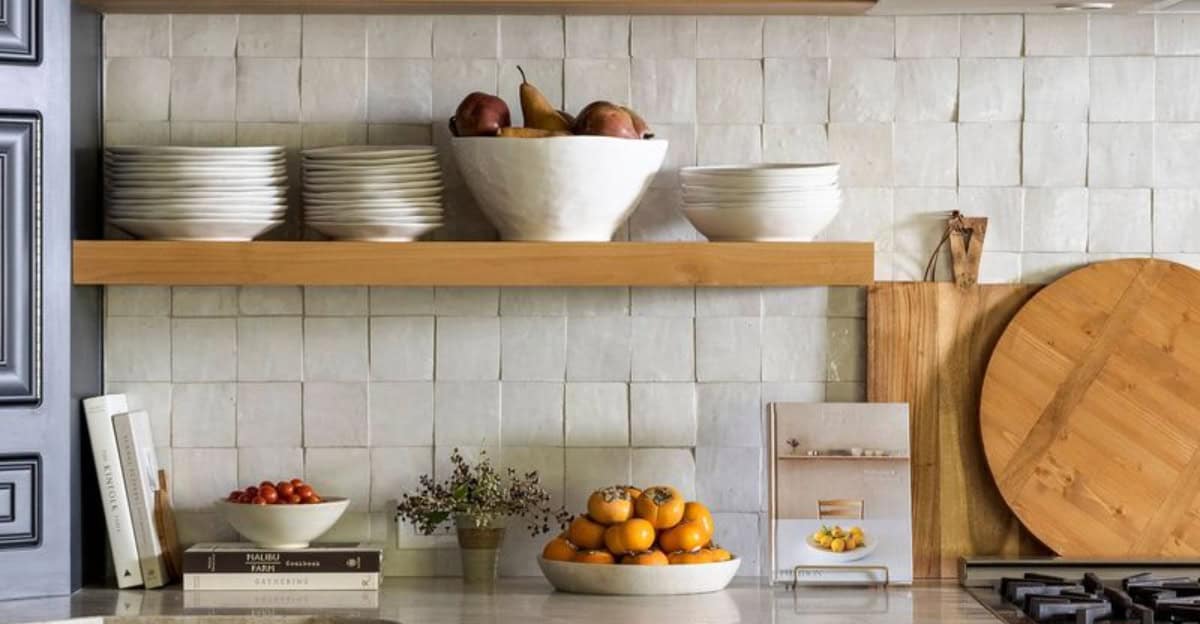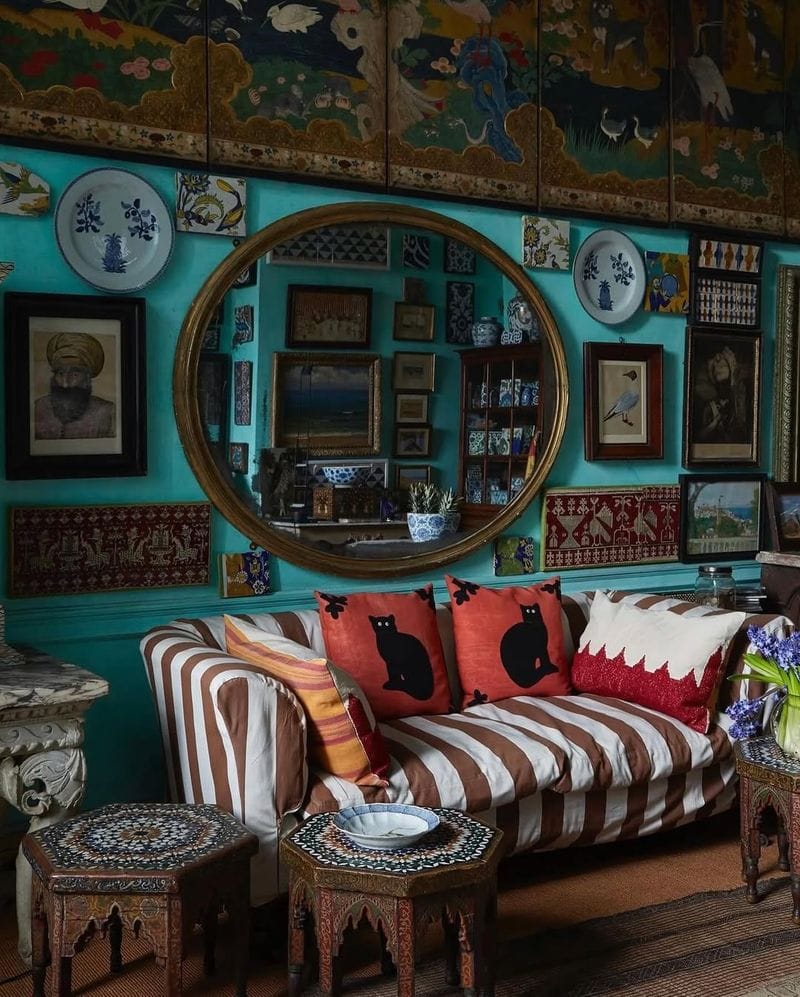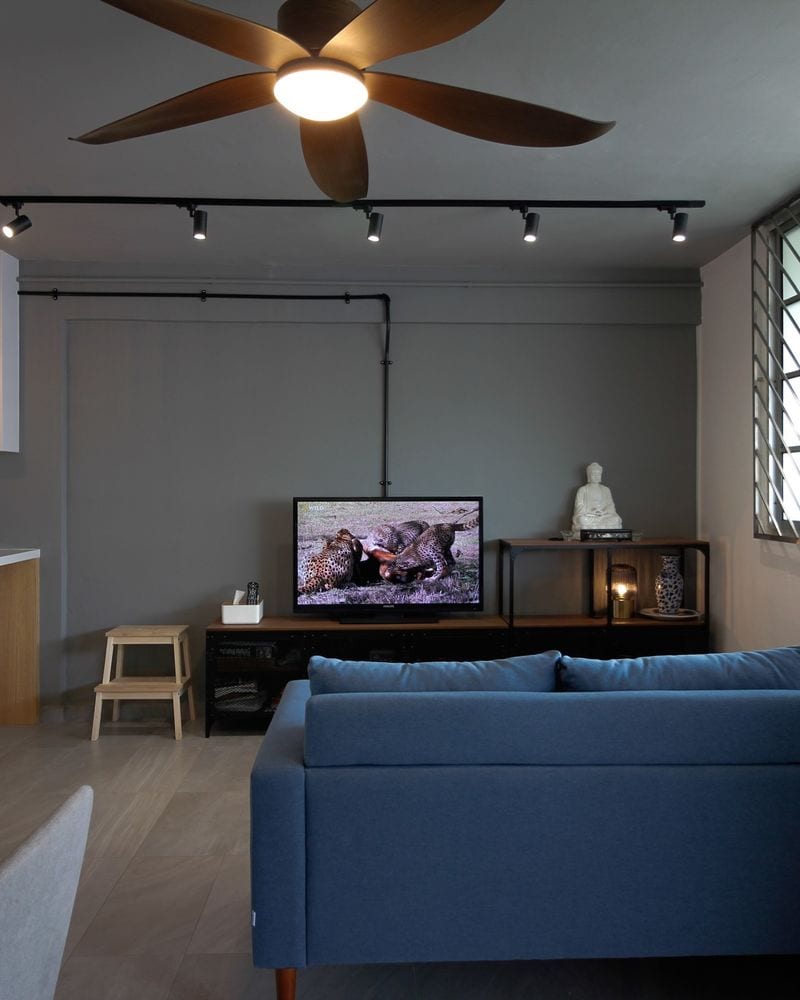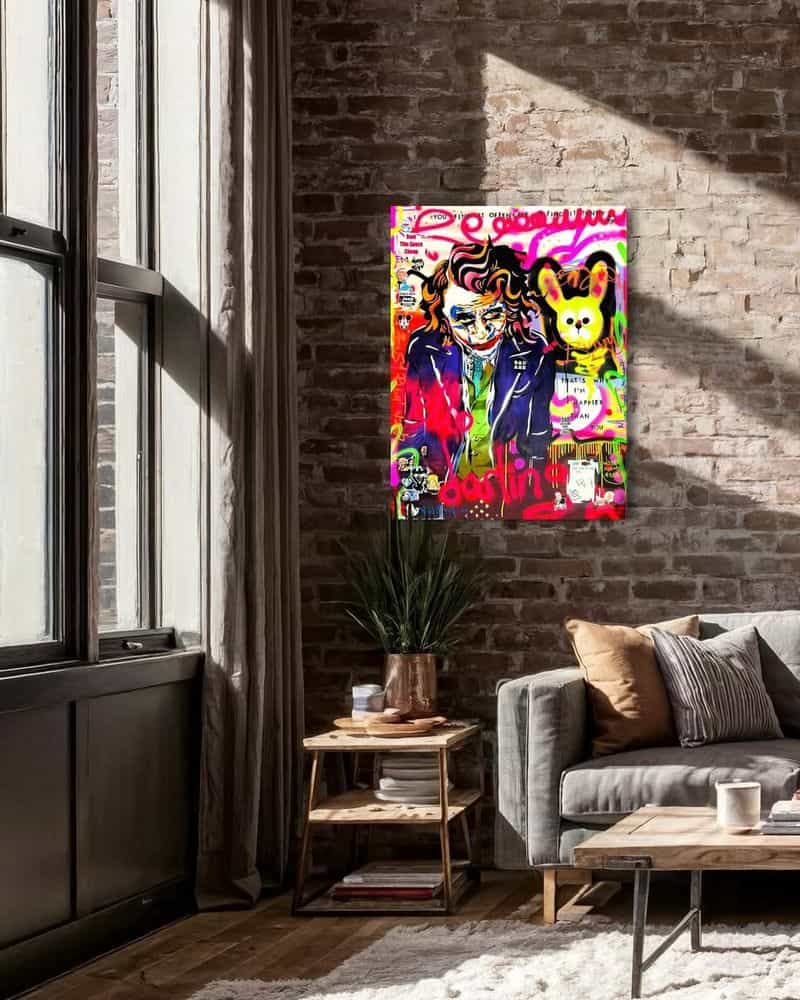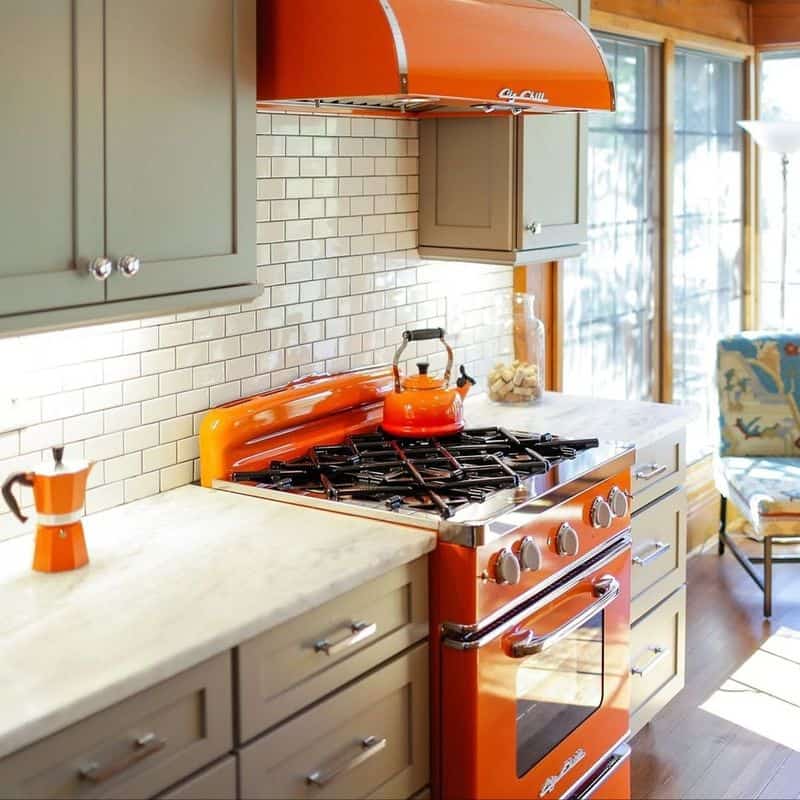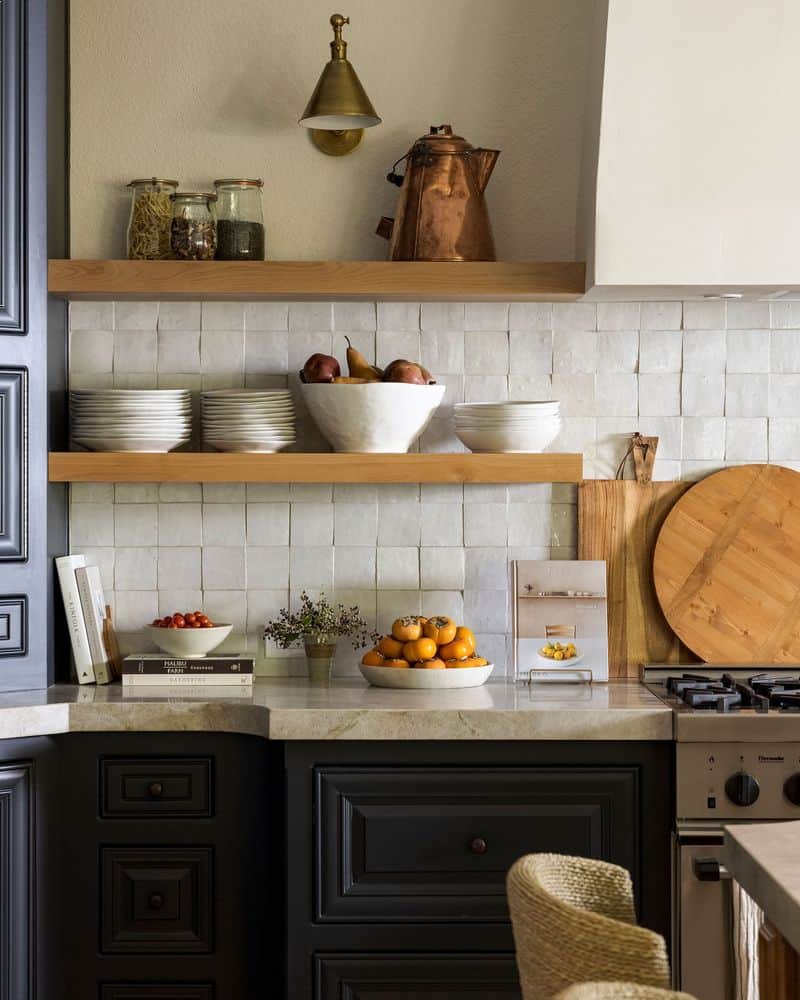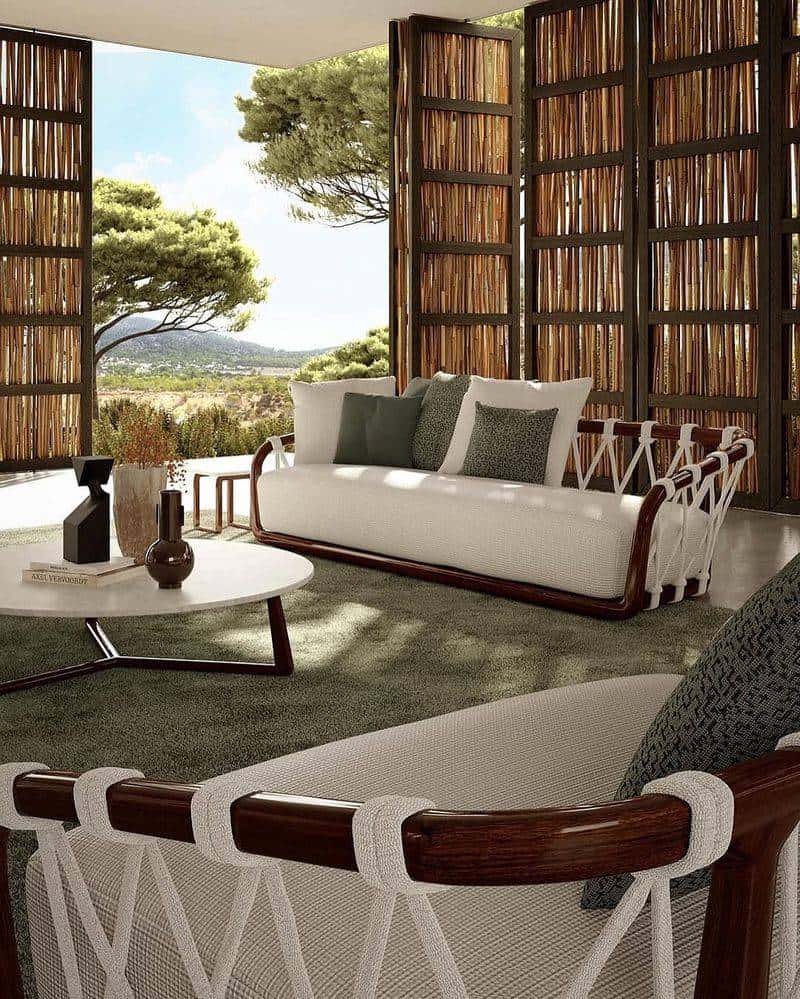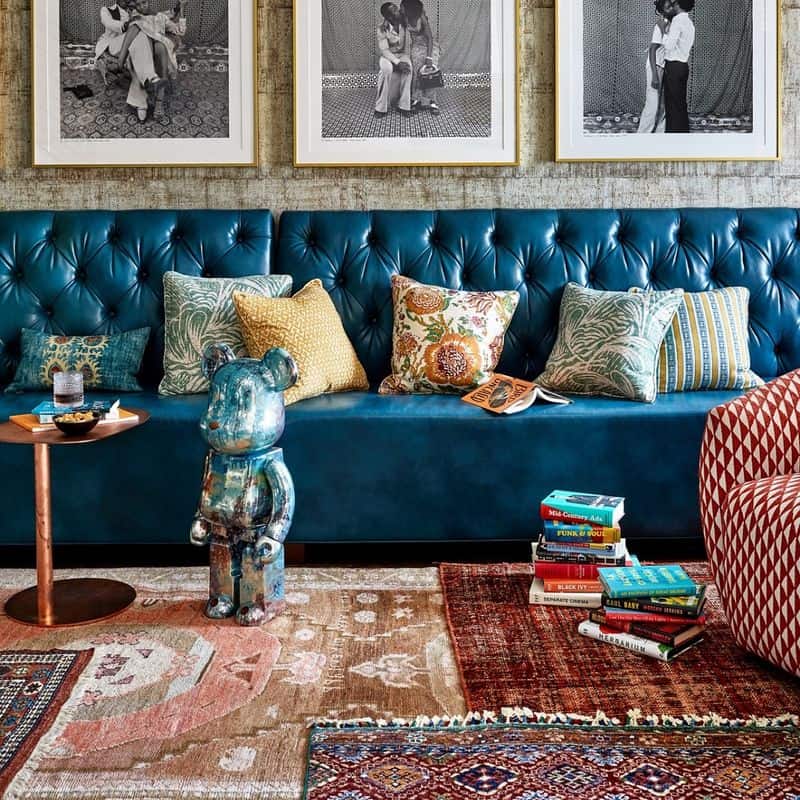Sometimes, what appears to be a design snafu is actually a stroke of genius.
In the world of interior design, embracing the unconventional can lead to spaces that are not only unique but also full of character and charm.
This article explores 10 design ‘mistakes’ that challenge traditional norms and offer a fresh perspective on style.
From mixing patterns to utilizing unexpected materials, these bold choices might just inspire you to rethink your own space.
1. Mixing Patterns and Textures
Mixing patterns and textures is like hosting a lively party in your living room. Stripes, florals, and plaids can coexist beautifully when done with intention.
Contrast is key, and balance is your friend. Start with a unifying color palette to help these seemingly disparate elements gel together.
The trick is to blend rather than clash. Layering different textures also adds depth, making rooms feel warm and inviting.
Think of a plush velvet couch paired with a chunky knit throw. These elements create a tactile experience that’s as pleasing to touch as it is to see.
2. Embracing Mismatched Furniture
Who says your furniture has to match? Embracing mismatched furniture can infuse your home with character and charm.
Picture a dining table surrounded by an eclectic mix of chairs. Each piece tells its own story, adding layers of personality to the space.
This approach breaks monotony and invites creativity. It’s a bit like a fashion statement for your room, where different patterns and colors come together like a well-curated wardrobe.
So, go ahead—mix that mid-century chair with a rustic table, and watch your space come alive with unexpected synergy.
3. Utilizing Bold, Dark Colors in Small Spaces
Small spaces can be the perfect canvas for bold, dark colors. While conventional wisdom may suggest keeping it light, the depth and drama of dark hues can make a space feel surprisingly cozy.
Imagine a tiny bathroom painted in deep navy blue.
When paired with bright accents, such as metallic fixtures, these colors create a rich tapestry of visual interest.
The darkness draws you in, making the space feel both intimate and luxurious. Don’t be afraid to go bold—sometimes, it’s the small spaces that benefit most from a big personality.
4. Leaving Exposed Pipes and Ducts
Exposed pipes and ducts might scream ‘unfinished,’ but they also whisper ‘industrial chic.’ In modern lofts and urban apartments, leaving these elements exposed can add authenticity and edge.
It’s a nod to the building’s history and structure.
By embracing rather than hiding these features, you create a space that feels honest and raw. Combine with sleek furniture and minimalist decor for an intriguing blend of old and new.
It’s an aesthetic that celebrates imperfections, making the space feel both cool and comfortable.
5. Displaying “Bad Art”
Displaying art that breaks the rules can turn your home into a gallery of whimsy and wit.
‘Bad art’—those pieces that defy conventional beauty—can become conversation starters and focal points. Think of a wall adorned with quirky, amateur paintings.
This approach embraces creativity in its rawest form, celebrating art for its expression rather than perfection.
It challenges the idea of what art should be, inviting viewers to find beauty in chaos. A touch of humor and levity, ‘bad art’ makes your space undeniably unique and personal.
6. Incorporating Vintage Appliances
Vintage appliances bring a nostalgia that’s hard to replicate with modern counterparts. A pastel-colored fridge can become the heart of your kitchen, exuding charm and character.
These pieces add a touch of history and timelessness to a space.
Despite their age, many vintage appliances are sturdy and reliable, offering both form and function.
By blending them with contemporary elements, you create a kitchen that feels both lived-in and loved. It’s about appreciating the past while enjoying the conveniences of the present.
7. Opting for Open Shelving
Open shelving is like putting your kitchen on display. It invites you to showcase your best glassware, dishes, and even pantry items in an organized fashion.
This design choice fosters accessibility and openness, adding a personal touch to your space.
However, it’s not just about aesthetics; open shelving encourages you to maintain order, as everything is on view. It’s a practice in minimalism, where beauty lies in simplicity.
By choosing open shelves, you make a statement about transparency in design and life.
8. Mixing Metal Finishes
Mixing metal finishes can transform a room from ordinary to extraordinary. By combining different metallic elements like chrome, brass, and copper, you create a dynamic, layered look.
It’s a bold departure from matchy-matchy design conventions.
This approach adds depth and complexity, making spaces feel richer and more textured. Imagine a bathroom where shiny silver faucets meet brushed gold handles.
The result is a harmonious yet unexpected interplay of shine and shadow. Don’t fear the mix; embrace it for a more interesting visual narrative.
9. Using Outdoor Furniture Indoors
Bringing outdoor furniture indoors blurs the lines between inside and out, offering durability with style. Imagine a sunroom furnished with weather-resistant wicker seats and plush cushions.
This choice is not only practical but also adds a fresh, airy vibe.
Outdoor furniture often features sturdy materials built to withstand the elements, making them ideal for high-traffic indoor areas.
Plus, their designs typically emphasize comfort and relaxation—perfect for creating a laid-back atmosphere inside your home. This unexpected twist can refresh your decor with a hint of the great outdoors.
10. Layering Rugs
Layering rugs is a playful approach to flooring that adds texture and warmth. Imagine a large jute rug topped with smaller, colorful Persian and kilim rugs.
This technique offers a bohemian flair, tying together various elements of your decor.
Layered rugs can define spaces within a room, adding depth and interest without overwhelming the eye. It’s an opportunity to experiment with patterns and colors, creating a unique, inviting atmosphere.
Whether it’s in the living room or bedroom, this design ‘mistake’ can wonderfully transform any space.

